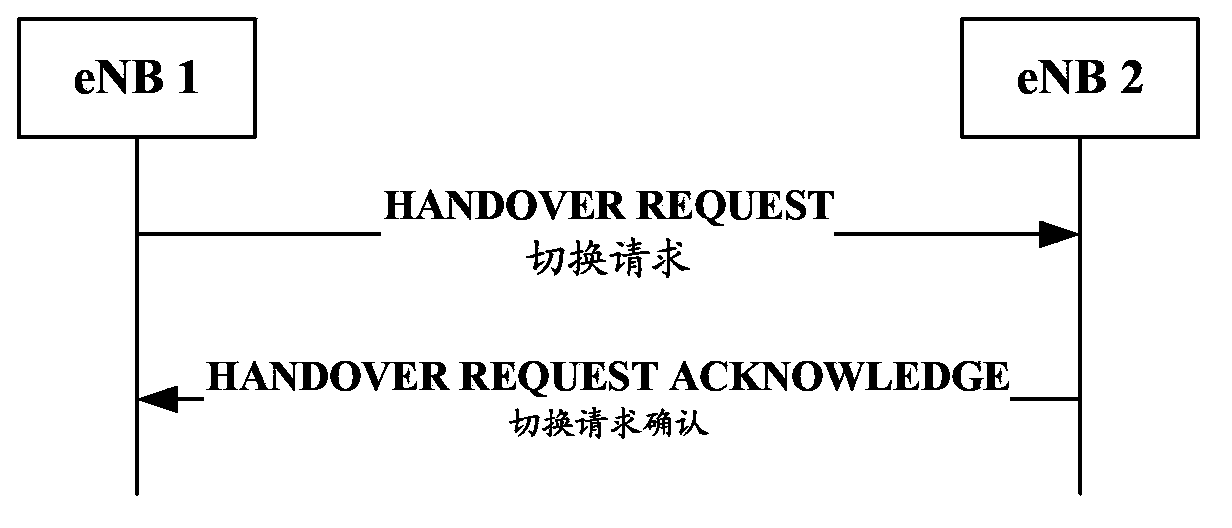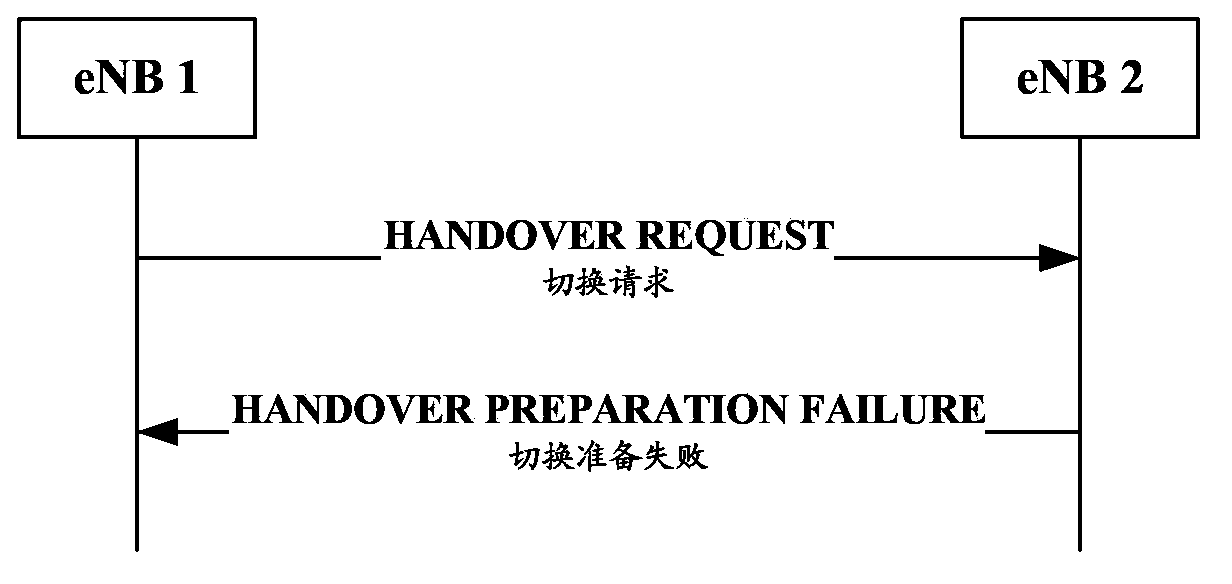User device switching method, device and system during base station configuration change
A technology for user equipment and base station configuration, applied in the communication field, can solve problems such as handover failure, reduced network handover performance, and affecting UE handover
- Summary
- Abstract
- Description
- Claims
- Application Information
AI Technical Summary
Problems solved by technology
Method used
Image
Examples
Embodiment 1
[0085] Due to the relatively high network load, the current base station decides to split the cell A into two cells A1 and A2 by adjusting the AAS to increase the total capacity of the system. The topology of the cell before the split is as follows: Figure 5a As shown, the cell topology after splitting is as follows Figure 5b shown.
[0086] Before performing the cell splitting operation, the base station sends a notification message to the neighboring base stations. When the base station receives a handover request during cell splitting, and the target is the splitting cell, it returns a handover preparation failure response.
[0087] Specifically, due to the heavy traffic load, the current base station (called base station A) decides to adjust the AAS mode and prepares to split cell A into two cells A1 and A2 to increase the capacity of the network. After splitting, the ECGI, PCI and The frequency point configuration is exactly the same as that of cell A, and the base s...
Embodiment 2
[0095] The base station decides to split the cell by adjusting the AAS, and split the cell A into two cells A1 and A2. The topology of the cell before the split is as follows: Figure 5a As shown, the cell topology after splitting is as follows Figure 5b shown.
[0096] Before performing the cell splitting operation, the base station sends a notification message to the neighboring base stations. When the base station receives a handover request during cell splitting, and the target is the splitting cell, it performs normal handover preparations and returns a handover preparation success response.
[0097] Specifically, due to the heavy traffic load, the current base station (called base station A) decides to adjust the AAS mode and prepares to split cell A into two cells A1 and A2 to increase the capacity of the network. After the split, the ECGI, PCI and The frequency point configuration is exactly the same as that of cell A, and the base station allocates or requests OAM...
Embodiment 3
[0105] Because the network load is relatively low, the system does not need too much capacity. At the same time, in order to reduce the mobility overhead of the system, the current base station decides to merge the two cells A1 and A2 into cell A by adjusting the AAS. The topology of the cell before the merger is as follows Figure 5b As shown, the combined cell topology is as follows Figure 5a shown.
[0106] Due to the light business load, the system does not need too high capacity. At the same time, in order to reduce the mobility overhead of the system, the current base station (called base station A) decides to adjust the AAS mode and merge the two cells A1 and A2 into cell A. The ECGI, PCI and frequency point configuration of cell A are exactly the same as those of cell A1, and cell A2 will disappear completely after the merger;
[0107] Before performing AAS mode adjustment, base station A sends a notification message to surrounding adjacent base stations B, C, D, E,...
PUM
 Login to View More
Login to View More Abstract
Description
Claims
Application Information
 Login to View More
Login to View More - R&D
- Intellectual Property
- Life Sciences
- Materials
- Tech Scout
- Unparalleled Data Quality
- Higher Quality Content
- 60% Fewer Hallucinations
Browse by: Latest US Patents, China's latest patents, Technical Efficacy Thesaurus, Application Domain, Technology Topic, Popular Technical Reports.
© 2025 PatSnap. All rights reserved.Legal|Privacy policy|Modern Slavery Act Transparency Statement|Sitemap|About US| Contact US: help@patsnap.com



